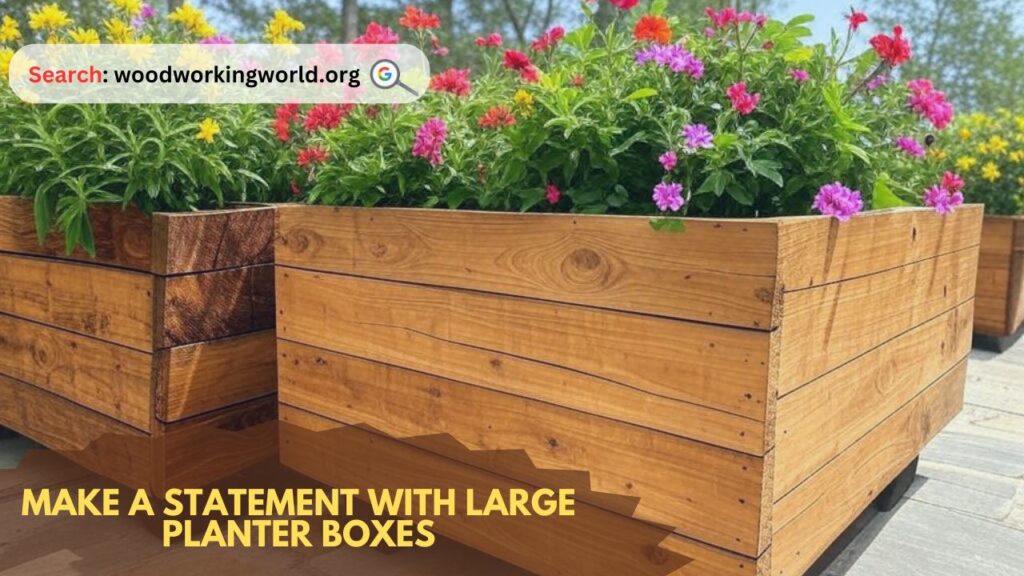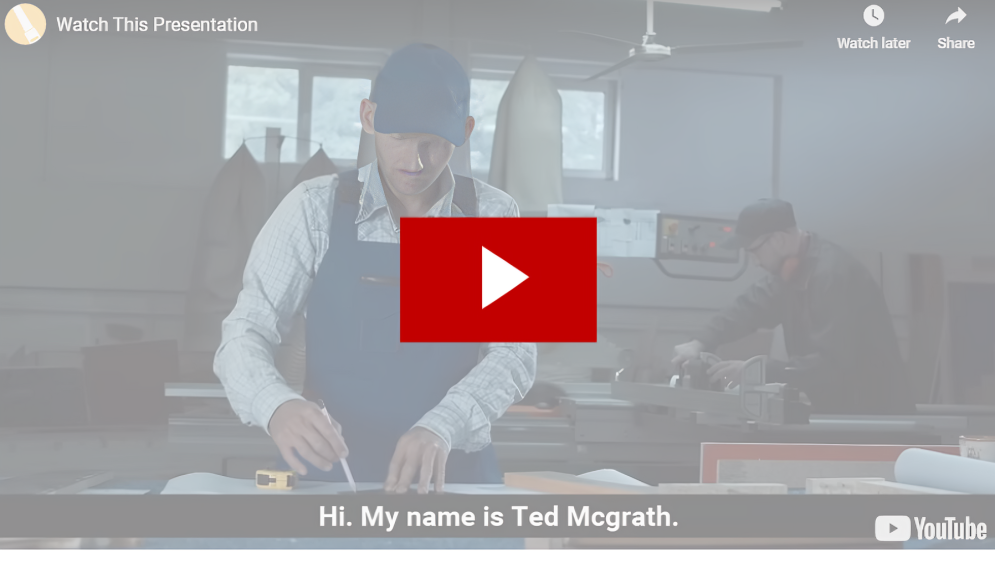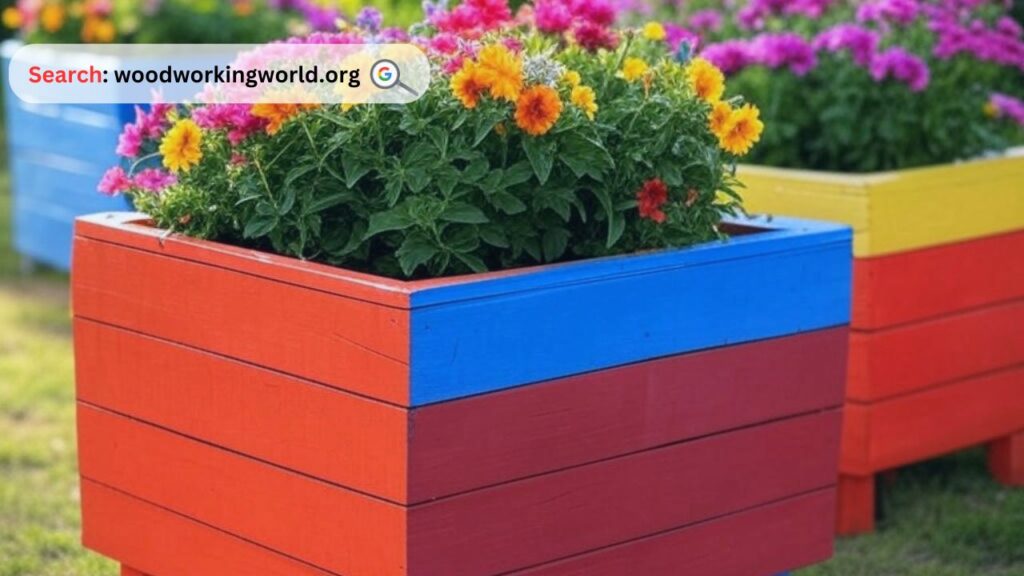Enhance your space with large planter boxes! Discover stylish, durable options perfect for gardens, patios, and indoors. Transform your home with greenery today!
Large planter boxes are a powerful way to elevate the aesthetics of any space, whether residential or commercial. These oversized containers serve as eye-catching focal points that add greenery, structure, and personality to outdoor and indoor environments. Whether used in gardens, patios, balconies, or storefronts, large planter boxes provide a stylish and functional solution for growing plants, flowers, and even small trees.

In this guide, we will explore the benefits of large planter boxes, offer step-by-step instructions for choosing and using them effectively, provide a comparison table of materials, and answer frequently asked questions.
Benefits of Large Planter Boxes
Aesthetic Appeal
- Create bold, dramatic visual effects.
- Define spaces with elegant, structured plantings.
- Enhance curb appeal for homes and businesses.
Practicality
- Suitable for both indoor and outdoor applications.
- Allow for greater root growth compared to smaller containers.
- Provide insulation for plants in various weather conditions.
Versatility
- Can be used to grow flowers, shrubs, herbs, or even vegetables.
- Available in various materials, styles, and sizes to suit different aesthetics.
- Can act as barriers for privacy or to delineate walkways.
Durability
- Built from sturdy materials such as wood, metal, concrete, or fiberglass.
- Withstand harsh weather conditions with minimal maintenance.
Build 16,000+ Projects with Step-by-Step Plans—No Big Workshop or Costly Tools Needed! Start Now!
Step-by-Step Guide to Choosing and Using Large Planter Boxes
Step 1: Determine Your Needs
- Purpose: Decide if you want the planter for aesthetic appeal, privacy, or functional gardening.
- Location: Identify where you will place the planter (e.g., patio, garden, entranceway, or balcony).
- Plant Selection: Consider the types of plants you want to grow and their specific requirements.
Step 2: Choose the Right Material
Large planter boxes are available in various materials, each with distinct advantages and disadvantages. Refer to the comparison table below to make an informed decision.
| Material | Pros | Cons |
|---|---|---|
| Wood | Natural look, biodegradable, insulating | Can rot if not treated, heavier than plastic |
| Metal | Modern and industrial aesthetic, durable | Can heat up in direct sunlight, may rust |
| Concrete | Extremely durable, resistant to weather | Very heavy, expensive, difficult to move |
| Fiberglass | Lightweight, weather-resistant, modern look | Can be expensive, less natural-looking |
| Plastic | Affordable, lightweight, versatile | Less durable, may degrade under UV exposure |
Step 3: Select the Right Size
- Large planter boxes should provide adequate room for root growth.
- Consider the height and width to ensure stability.
- Factor in weight when placing on balconies or rooftops.
Expert tips on Woodworking 🌿📦 Watch now!

Step 4: Ensure Proper Drainage
- Drill drainage holes if the planter does not already have them.
- Use gravel or stones at the bottom to improve water drainage.
- Choose plants that thrive in the chosen planter environment.
Step 5: Add Soil and Plants
- Use high-quality potting mix suitable for the selected plants.
- Ensure proper spacing to allow for healthy growth.
- Water thoroughly after planting and maintain a regular watering schedule.
Step 6: Placement and Maintenance
- Position planters strategically for maximum impact.
- Regularly check soil moisture and fertilize as needed.
- Clean planters periodically to prevent buildup of dirt and debris.
Design Ideas for Large Planter Boxes
Modern Minimalism
- Use sleek fiberglass or metal planters with uniform green foliage.
- Keep colors neutral (black, white, gray) for a sophisticated look.
Rustic Charm
- Opt for wooden planter boxes with vibrant flowers.
- Use reclaimed wood for an eco-friendly touch.
Urban Oasis
- Create a small garden in concrete planters.
- Incorporate different plant heights for depth and dimension.
Commercial Applications
- Use large planters at store entrances to enhance curb appeal.
- Employ as space dividers for outdoor dining areas.
Quote on the Power of Plants
“To plant a garden is to believe in tomorrow.” – Audrey Hepburn
FAQs
1. What are the best materials for large planter boxes?
The best materials depend on your needs. Wood provides a natural look but requires maintenance, while fiberglass and concrete offer durability with minimal upkeep.
2. How do I prevent my planter from becoming too heavy?
Opt for lightweight materials like fiberglass or plastic. Use a mixture of soil and lightweight fillers (such as perlite or packing peanuts) to reduce weight.
3. Do large planters need drainage holes?
Yes. Proper drainage prevents root rot and ensures healthy plant growth.
4. Can I move large planter boxes easily?
Heavy planters like concrete are difficult to move. Choose fiberglass or plastic if mobility is a concern.
5. How do I maintain large planters in winter?
For outdoor use, choose weather-resistant materials or insulate planters to protect roots. Move sensitive plants indoors or cover them with protective fabric.

Conclusion
Large planter boxes offer a stunning, practical, and durable solution for enhancing any space. Whether used in homes, businesses, or urban gardens, they provide ample room for plant growth while adding a statement piece to the environment. By choosing the right material, size, and design, you can create an elegant and functional green space tailored to your style and needs.
Click To Order Teds Woodworking With A 60-Money-back Guarantee From – Official Website